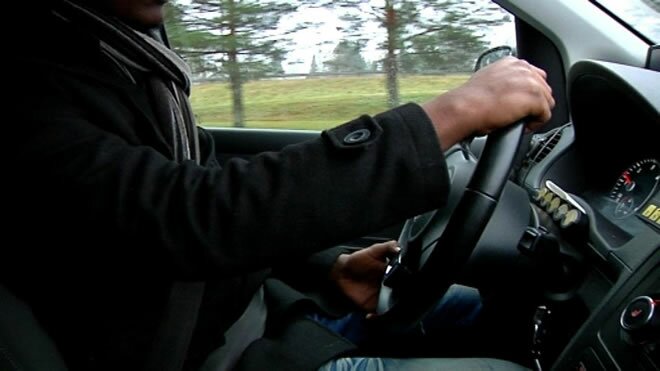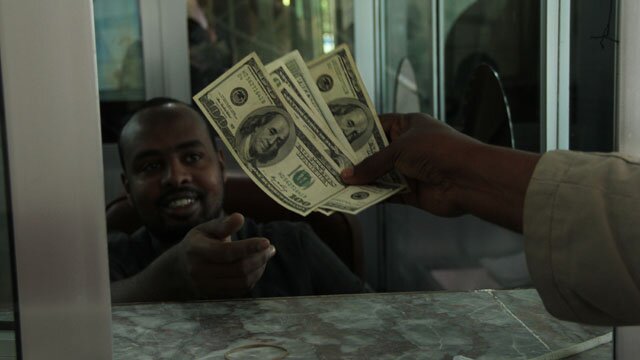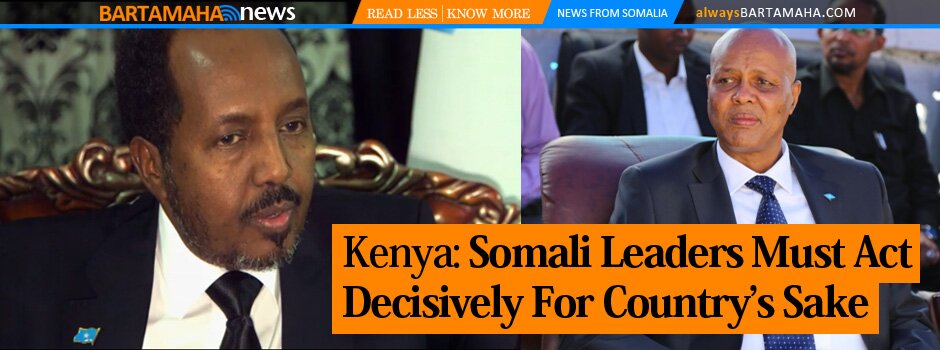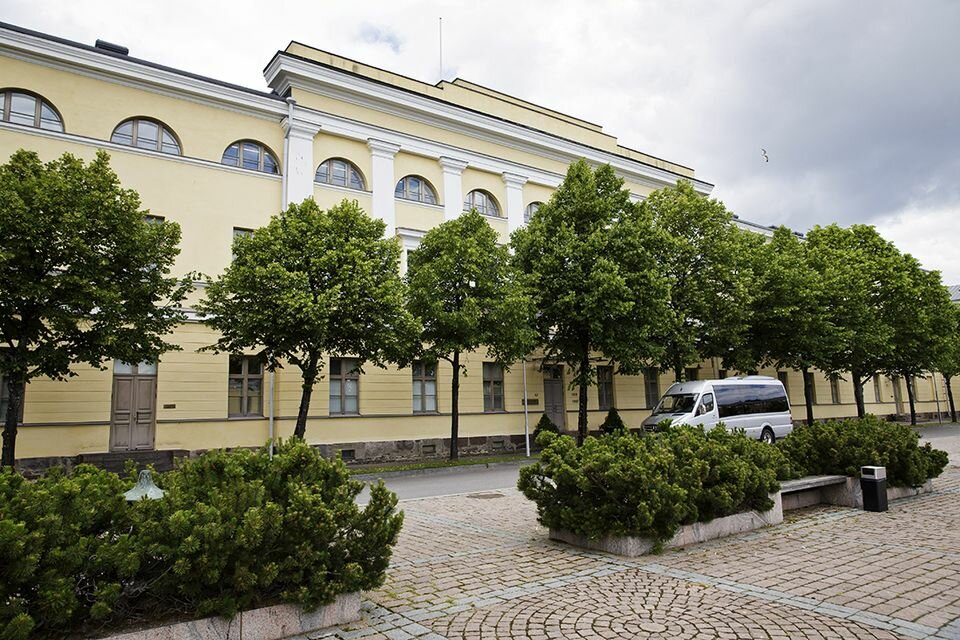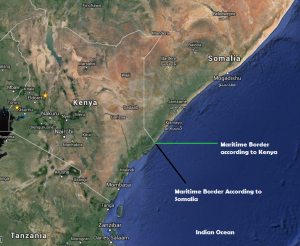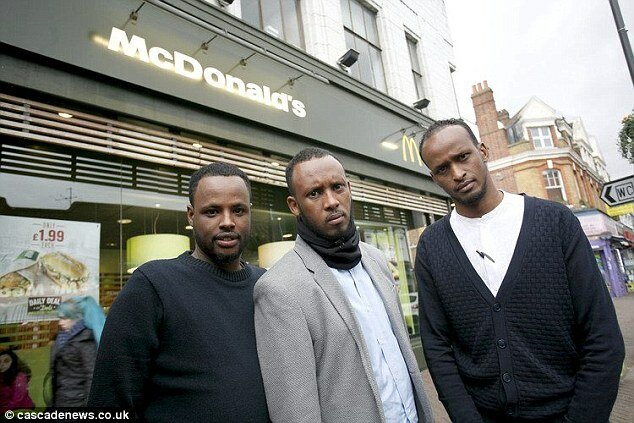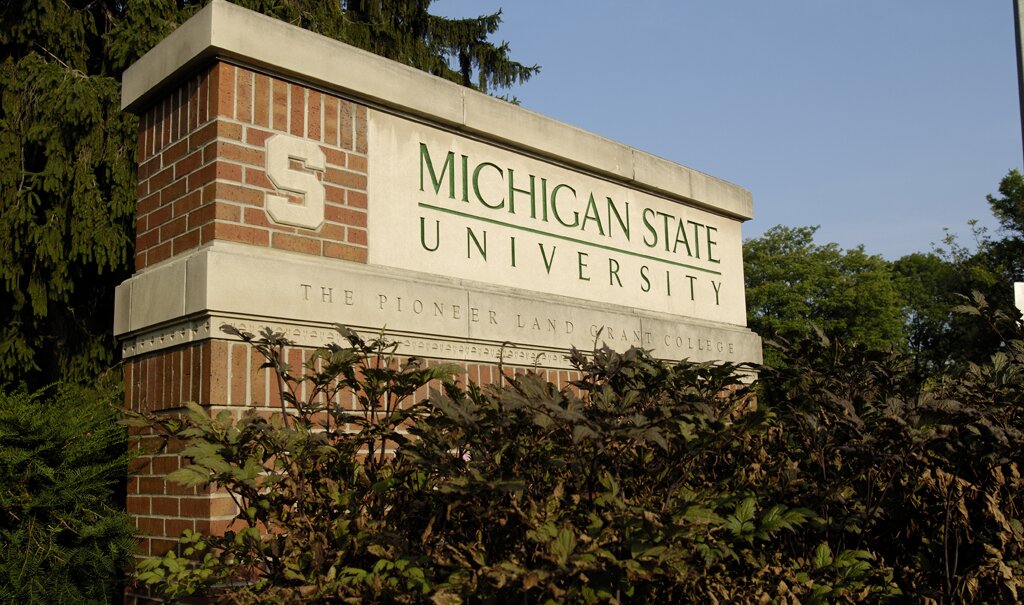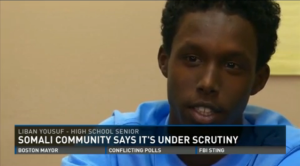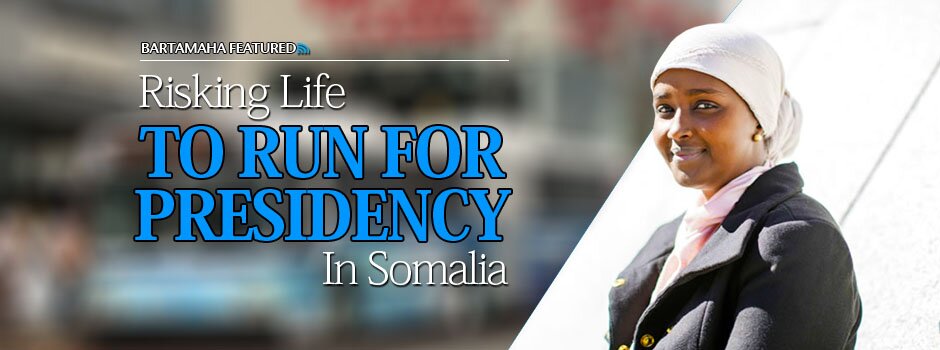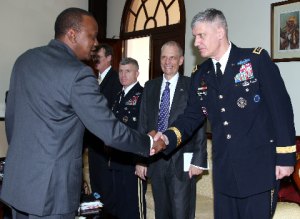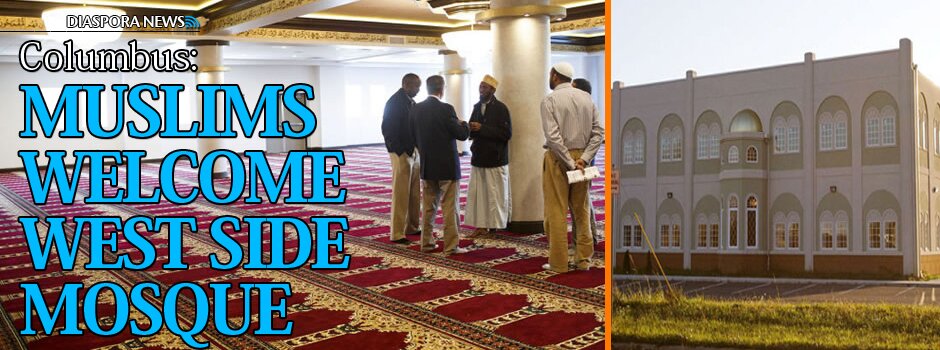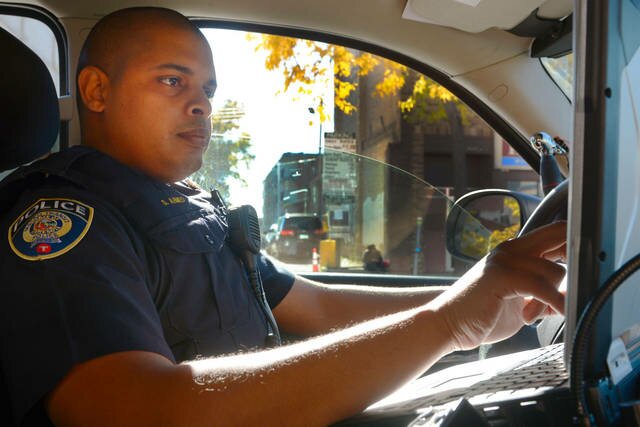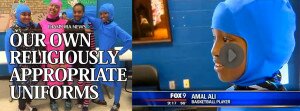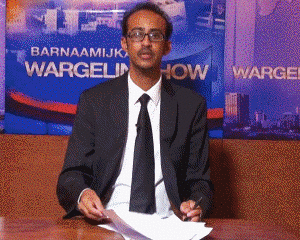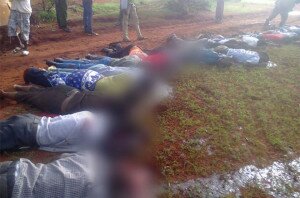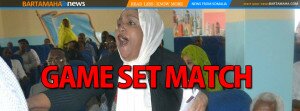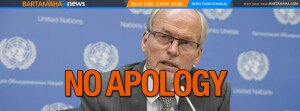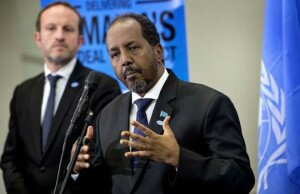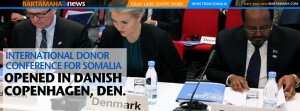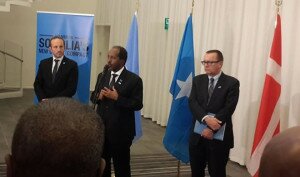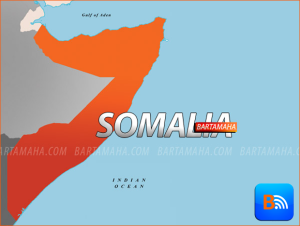Leaving the Netherlands for Somalia
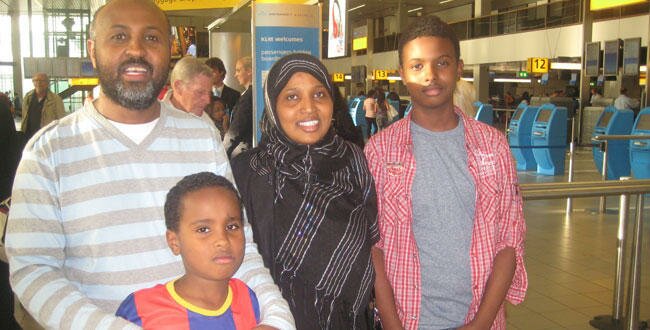
DAY 1 - Today is the day that I am returning to my country of origin after spending 18 years abroad. I am at Schiphol airport in the departure lounge with my husband and three children.
On the one hand I’m excited and on the other hand I’m worried. I’m excited because I am going to see my home country after a long time abroad. But I’m worried because I’m leaving my kids and husband behind and I don’t know what might happen to me given that I am going to a conflict area.
I can also see the fear in the eyes of my kids. All they know about Somalia is famine and insecurity. I gave them a hug and went to the departure gate. My youngest son said to me: “Have fun mum,” and that was a relief for to me.
BLOG DAY 2 – Arriving in Nairobi.
After a long flight to Nairobi, I arrived at Joma Kenyatta airport at 5:30 am. I went through the immigration control and picked up my bags. They were quite big bags, because I took a lot of clothes for children in Somalia.
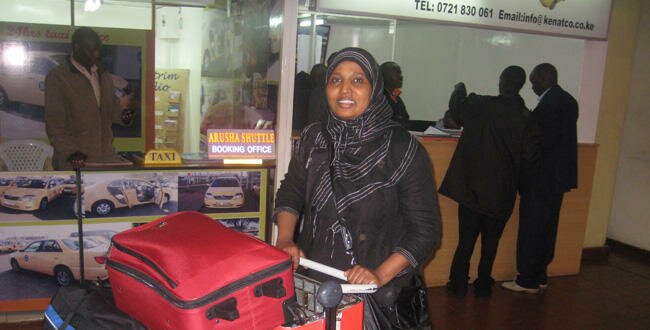
I was tried, worried and I couldn’t wait to reach my destination. The longer I was waiting the more excited and worried I became. I entered the arrivals hall, looked around but I couldn’t see my friend Mohamed Guled among all those people at the exit gate. In my eyes they all looked the same and it was difficult to distinguish Kenyans from Somalia’s. After a long search I realized that Mohamed was not there.
I went to the small cafeteria in the airport and bought a bottle of water. I called my friend and he was surprised that I arrived so early, because he was expecting me at 06.30. He picked me up and we arrived at his home. I was tired so I had a shower and then I slept.
DAY 3 – ‘Little Mogadishu’
Shortly after my arrival in Kenya, my friend Mohamed told me that I had to visit Eastligh County in Nairobi to get a picture how Somalis were living there.
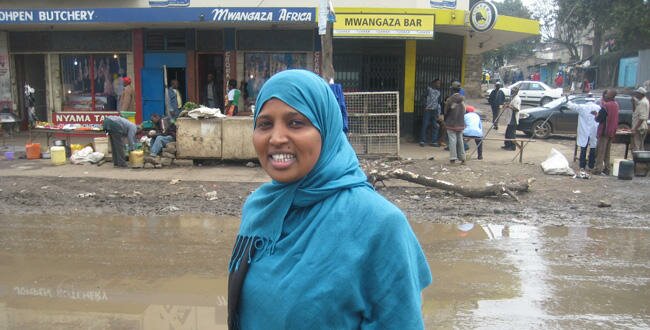
People call this county ‘Little Mogadishu’ because there are Somalis everywhere – chatting in the street, walking around and doing business. I heard that you’re likely to meet old friends there so I agreed with Mohamed to go there.
When we arrived I saw how Eastligh looked like and found it neglected, because there was a lot of rubbish dumped on every corner. The roads were in a bad condition. Our car got stuck in a hole in the middle of the road. Young boys gathered around us and I felt unsafe. They were yelling. I couldn’t understand the situation but my colleague was calm. When I asked him why they were yelling, he told me that it was normal in a situation like this for them to help you get the car out of the hole in order to earn some money. We gave them 200 shillings and they helped us to drive further and eventually park the car.
The streets were full of people. Car horns were hooting and we were talking but I couldn’t hear what my colleague was saying. Suddenly I heard someone calling for me and it was my old high school class mate Halima Hassan. She had a small table at the corner of the street. I couldn’t recognize her immediately but she recognised me. We had a chance to talk a bit about our lives and she told me that she had 9 children and her husband died three years ago. She had just come back from the refugee camp in Dadaab, because she found life hard there.
I was listening, but also imagining her situation. I took her mobile number and made an appointment to visit her at home and meet her kids. She was very happy to see me and so was I.
DAY 4 – Almost there
We arrived at a local airport called Wilson in Nairobi at 10:00 to board a flight to Madera, a border town with Somalia. We were standing outside with other passengers. I anticipated that the plane would be small, because there were only 15 passengers waiting. Most of them were Somalis, besides the Dutch photographer who came with me.
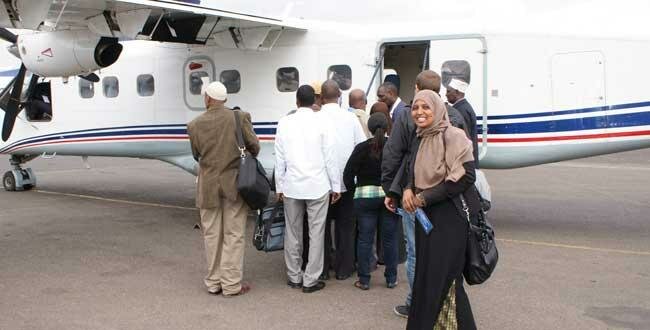
We were sitting in a small cafeteria infront of the airport. Nobody was giving us any information about the flight. Nobody was complaining though – they didn’t seem surprised by the situation. After several hours of waiting, a man finally announced our flight number and called us to check in. He collected our passports and checked the weight of our bags. We walked through security and waited at the gate which was also very small.
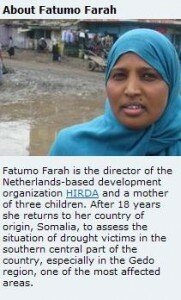 At this point, I realised that I was now on my way to Somalia and there was no going back. I started to imagine what I could see in my trip and I tried to make my imagination as beautiful as possible, but I couldn’t do that because the last images I had were stronger than any other.
At this point, I realised that I was now on my way to Somalia and there was no going back. I started to imagine what I could see in my trip and I tried to make my imagination as beautiful as possible, but I couldn’t do that because the last images I had were stronger than any other.
To take my mind of things, I talked to Jan-Joseph about his experience of conflict countries. Two hours passed and there was still no information about our flight. I thought that the flight was cancelled for the day, because all the local flights were leaving one after the other one with some western Europeans tourists.
Our plane arrived finally at 15:00 Nairobi time. It was a very small airplane that can only carry 15 passengers. I could see the relief on people’s faces. After a rough flight, we arrived at Madera at 17:30 local time. My colleagues of HIRDA Somalia were waiting for us outside and they took us to the guesthouse.
I felt that I was already in Somalia because the people were Somalis, the houses, the cars and everything I saw on the streets were not new to me. I just looked around to take everything in. We arrived at the guesthouse and went to our rooms.
At 19:30 we were briefed by the HIRDA Somali team and started to plan our mission. The field team had already surveyed the area and informed us of the best route to get to the refugee camps.
DAY 5 – Crossing the Somalian border.
On Tuesday our field team had arranged to meet with the Mandera District Commissioner in order to obtain a border crossing permission. Mandera is a town in the North Eastern Province, Kenya, close to the Ethiopian and Somalian border.
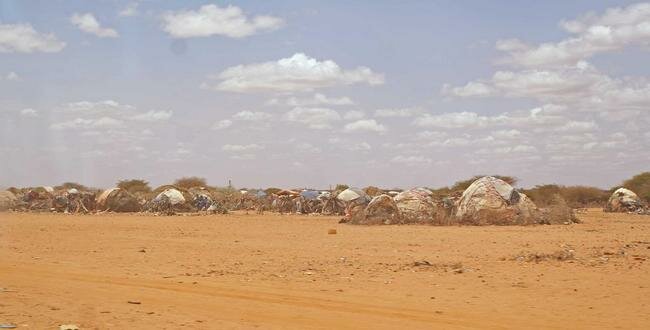
We arrived at eight in the morning at the DC’s office. He wasn’t in. When he finally arrived, he briefed us on the refugees’ situation in Somalia. He told us to sign the guestbook. I noticed that 874 visitors had done so before me.
The DC accompanied us to the border to ensure that we would be safe. At the Kenyan immigration office we reported the aim of our travel. The immigration officials informed us that the border was officially closed. At the same time, however, there were no restrictions for people crossing, but we would be responsible for ourselves. I thought he was joking, but he wasn’t.
The border gate had no sign to indicate that you were entering Somalia. I asked my colleagues whether we were in Somalia and they told us we were. Suddenly I felt different, as if I was waking up, and I looked around. I saw donkey carts, women carrying firewood on their heads, men dressed in traditional men’s skirts and all sorts of other traditional Somali things I had been missing for so long.
We drove on and after 25 kilometers we arrived at the first refugee camp, Beled Amin in the town of Beled Hawo. The whole landscape was grey, dry and dusty. I saw skeletons of dead animals, destroyed houses and mosques, and adults and children in search for food. In the camp we were surrounded by people who thought we had food for them. I started to talk to the women around me and asked them about their daily life and how long they had been living in this camp.
One mother’s story touched me most. She had a small girl on her back. The child was malnourished and didn’t seem to be as old as the mother told me she was. I asked her if she had any other children. She had given birth to six more, three of whom had died on their way to the refugee camp. The woman said that she had left two of the children behind alive, because they wouldn’t have made it. “I left them behind to save those who could still walk.”
The woman was thin and you could see the pain on her face. I asked her to show me her house and she did. It was a small hut with no furniture or equipment. She told me that there was no water and no food. I understood her plight and suffering; I’m a human being and her fellow countrywoman. The reason for me to go to Somalia was to see the suffering of refugees with my own eyes.
The more I listened to the woman’s story, sitting in her shabby hut, the more emotional I became. All the stories that I heard in the camps were almost all the same. Everybody had walked a long distance, sometimes as far as 350 kilometers. Most of the refugees had lost family members on the way, especially children. Some of them told me they even had eaten human flesh to survive.
DAY 6 – Second visit to a refugee camp.
We tried to finish our visit to the refugee camps on day 5, but didn’t manage to do that due to the distances between the camps and the long hours we stayed in each camp to investigate the refugees’ situation.
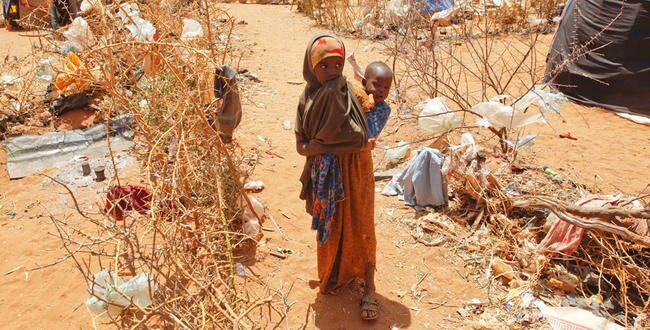
On the sixth day we decided to return to the first camp we had visited. We were informed that many refugees go to the town of Beled Hawo in an attempt to make some money, either through odd jobs or begging. We wanted to know more about how that was working out for them.
In the camp I met a young mother. She was about 20 years old, but had already given birth to three children, one of whom had died. Every day she went to town in search of a cleaning job. It wasn’t easy, because people in the cities didn’t have much to spend either. If she would find a job, she would earn 150 Kenyan shillings – the local currency – a day, which is the equivalent of 1.50 euros. It would be just enough to buy some water and food to keep her and her children alive.
I felt that my visit to the camps had given me a good idea of how the refugees were coping with the famine. I do hope that the Somalian government and the international community will work together in supporting these people.
Xigasho: rnw.nl
Comments
comments
 Calendar
Calendar






